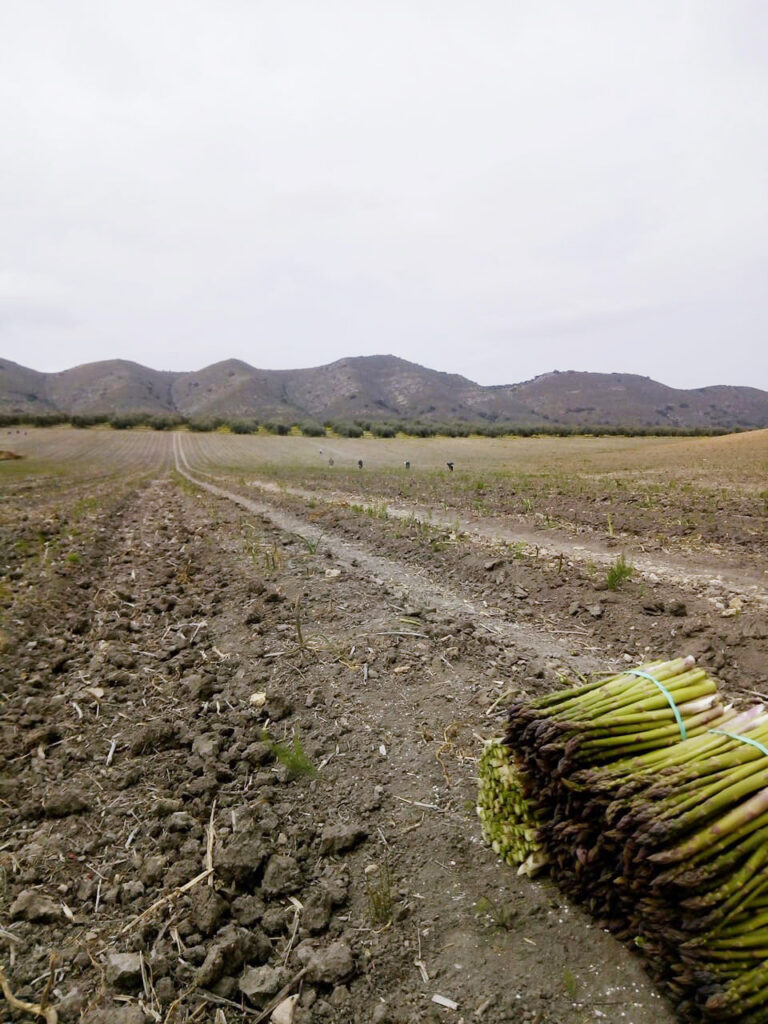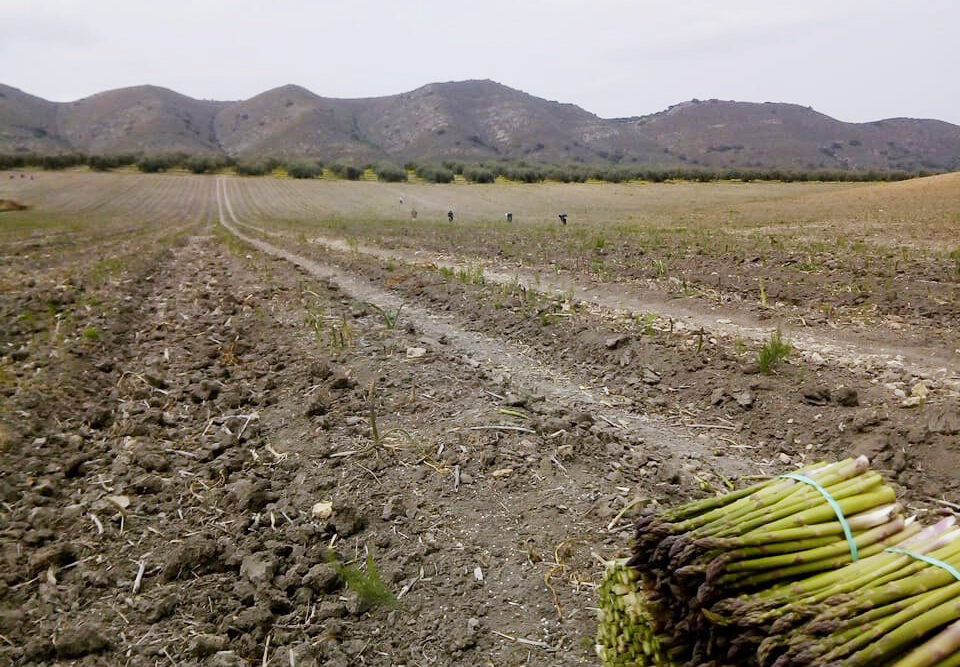Water shortage casts shadow over new season in Granada
The results for 2022/23 in the province of Granada – which usually grows 60% of Spain’s green asparagus crop – show a 26% slump in output compared to the previous season. The volume in Granada for October 2022 to September 2023 totalled just 23,000 tons, which was also 24% lower than the average of 30,000 tons during the previous few years of relatively stable production levels. According to ASAJA (an agricultural association for young farmers), this was despite the fact that the 6,500 ha planted area in 2022/23 was slightly above the average for the last few years.
Production value down by €28 million
Speaking to Europa Press in October, ASAJA Granada board member José Gámiz was reported as attributing the lower crop to various factors. Among these were frosts in January and rains at the end of May which shortened the main harvest, which usually runs from March till early June, by two weeks. A labour shortage was a further complication. Producer prices started to rise as a result of the lower supply, reaching €5.5/kg, before settling at around €3/kg for the rest of the spring harvest. Based on the average price of €4/kg for the second, smaller harvest in October, the organisation estimates the 7,000 ton reduction in this year’s production compared to the previous season amounted to a loss of around €28 million.
Low river flows limiting access to water for irrigation
Spain’s ongoing drought is taking a toll not just on asparagus but also on the province’s other main crops. ASAJA says river levels are too low and access is very restricted in areas such as Poniente, which mainly grows asparagus. Gámiz said areas around the Los Bermejales Reservoir and Cacín river had been banking on access to about 5,000 cubic metres of water per hectare but at times this year it had been just 600. This was particularly the case when rivers such as the Cacín and Arroyo Milanos were at volumes making it almost impossible to maintain their environmental flow (the minimum needed to maintain a waterway’s ecological health) if used for irrigation.
Amid the uncertainty about water, the provisional 2023/24 forecasts were gloomy. However, the situation could improve depending on how the winter unfolds, he said.
























